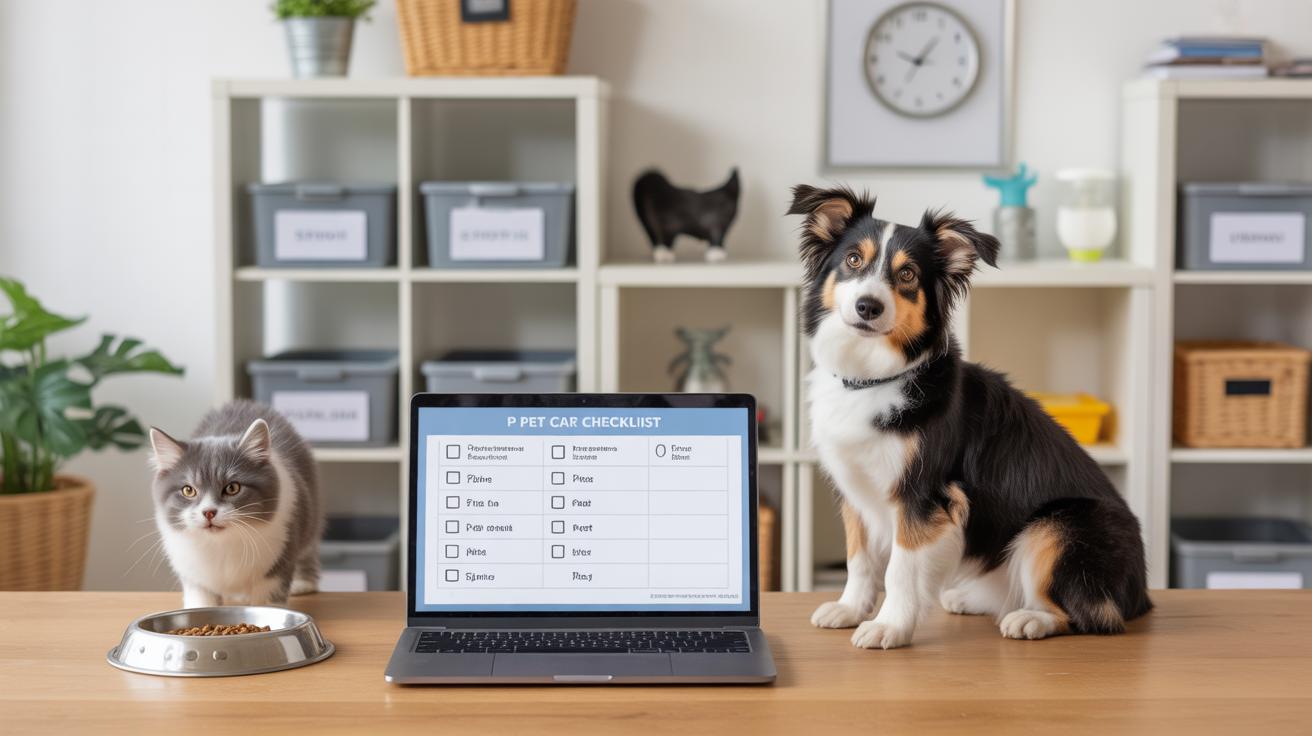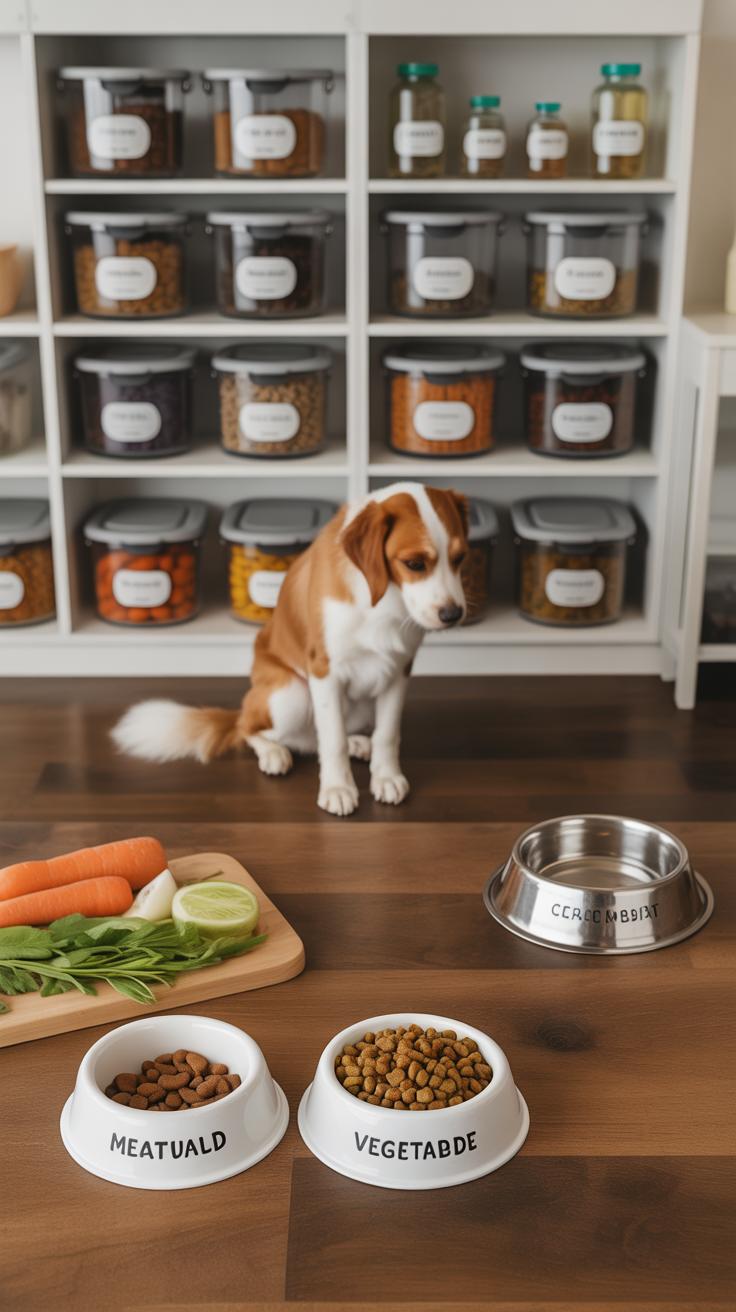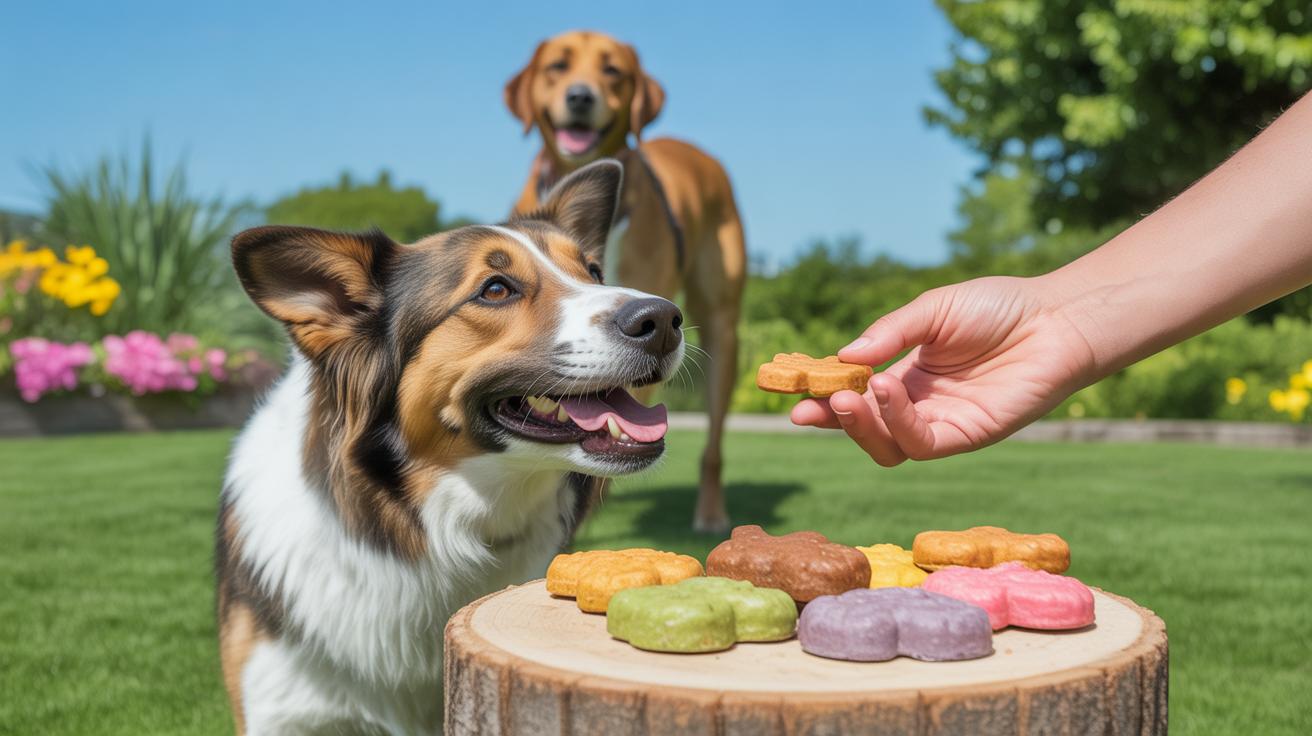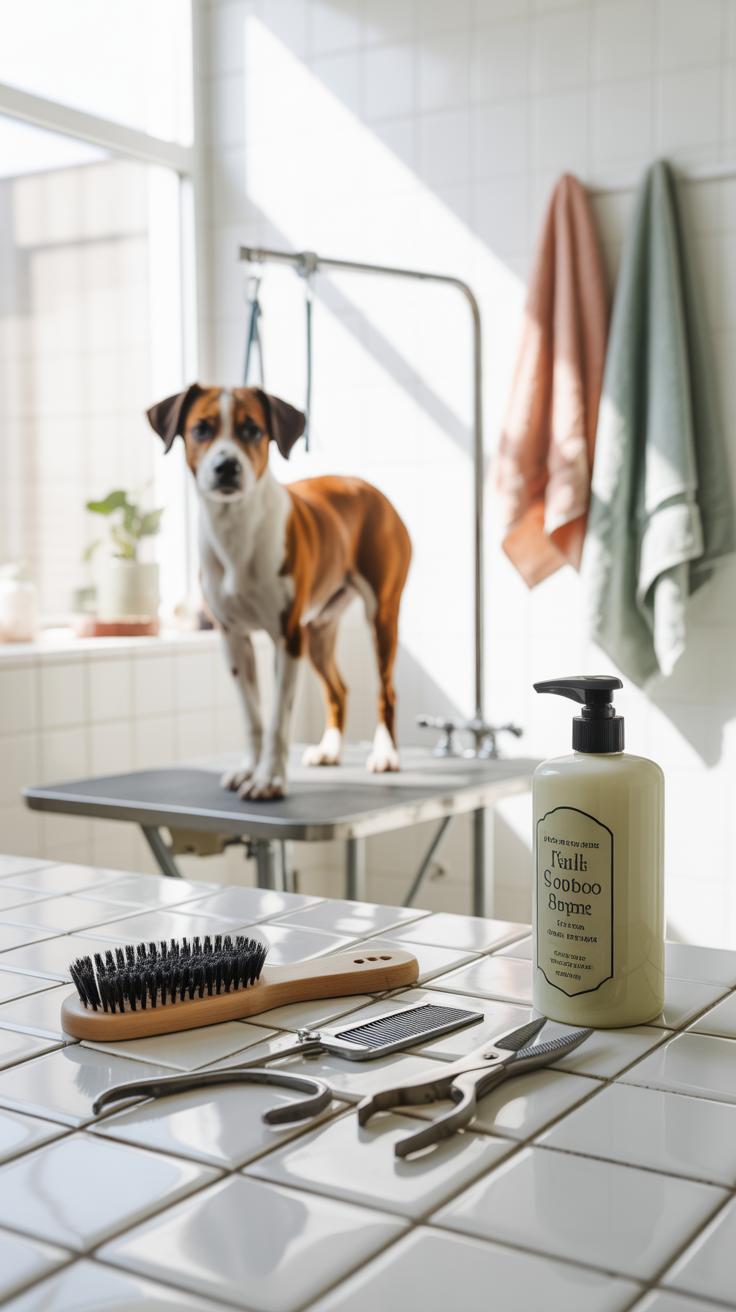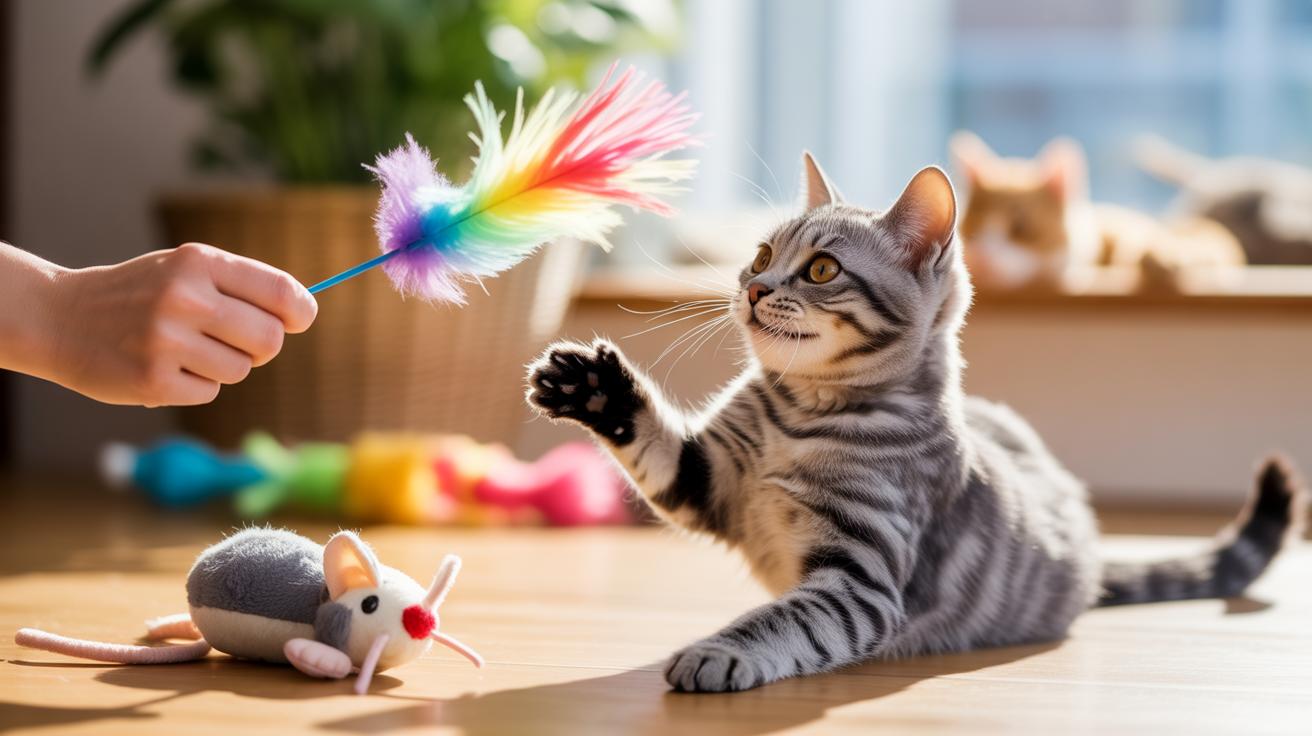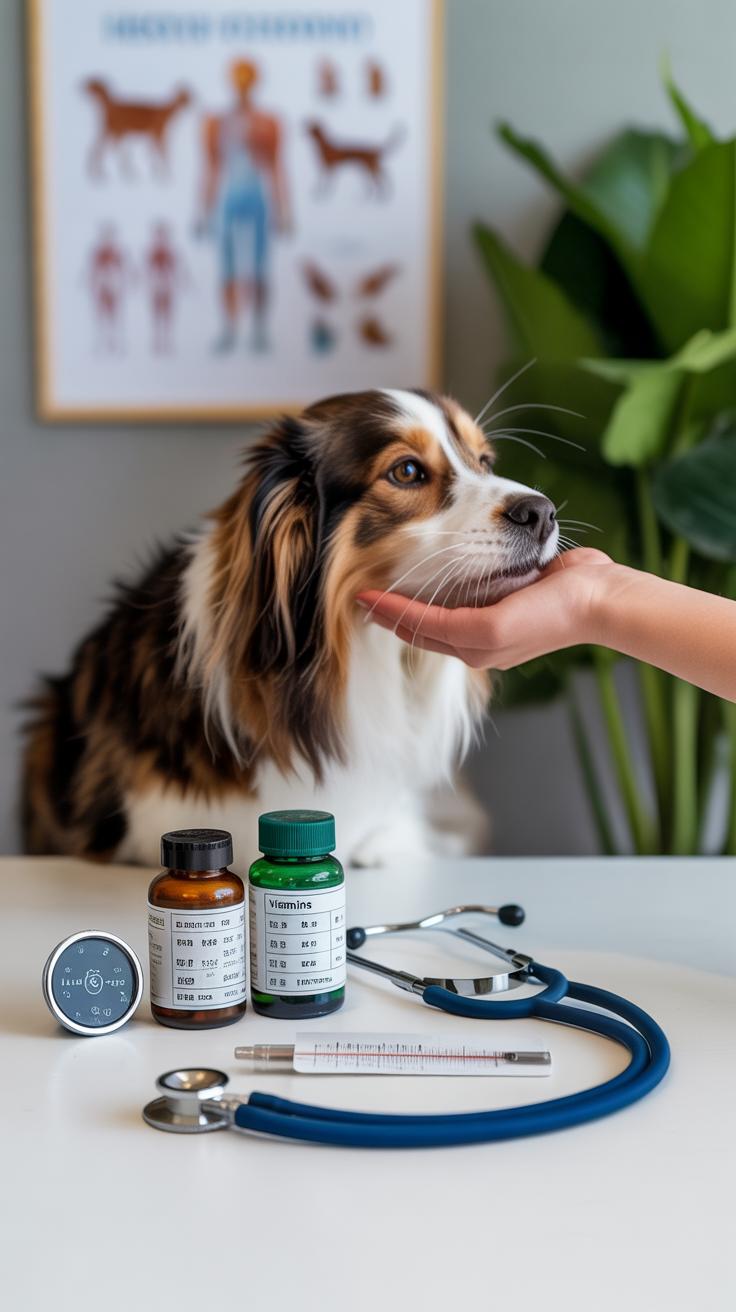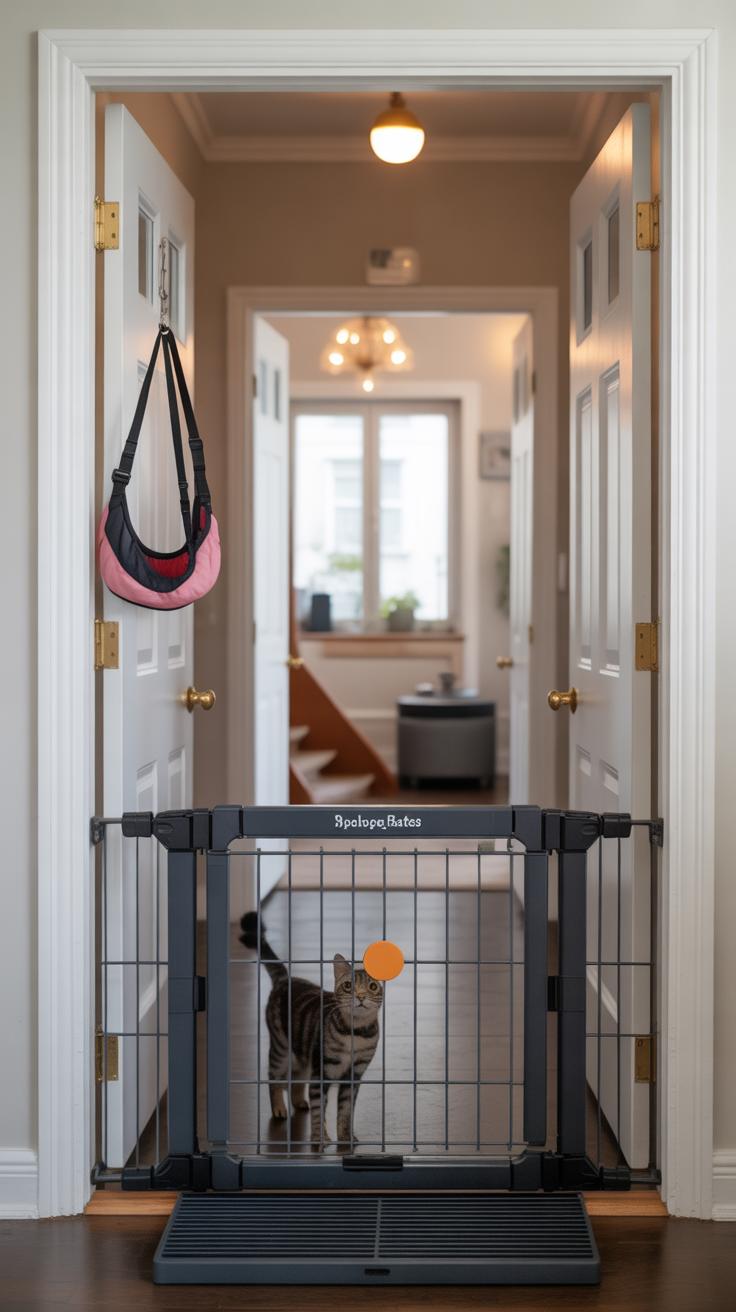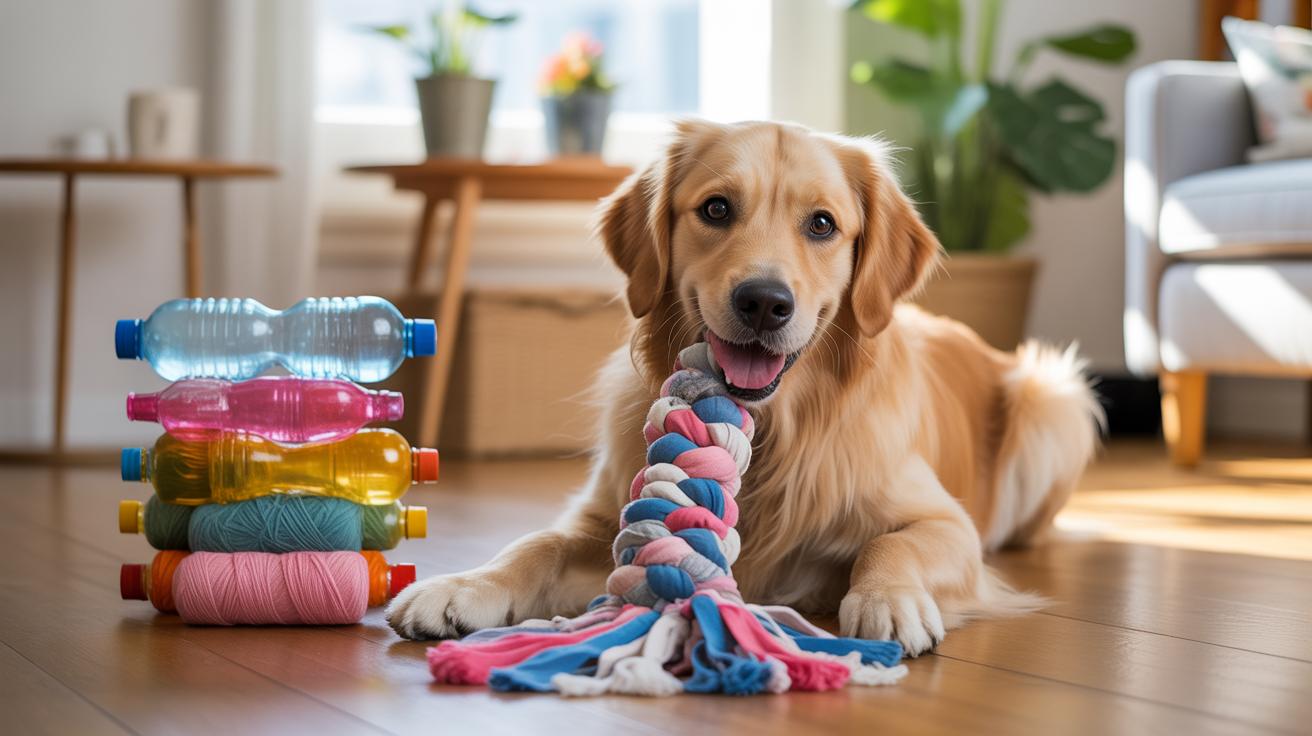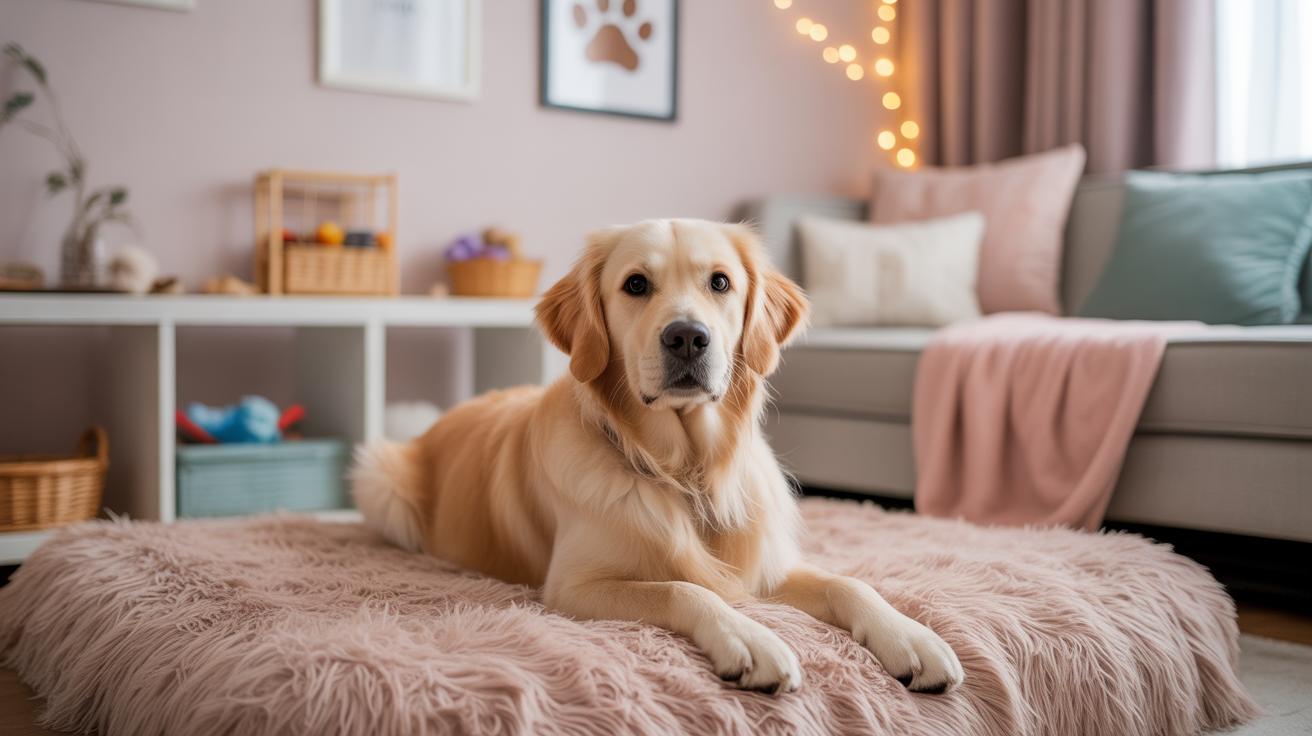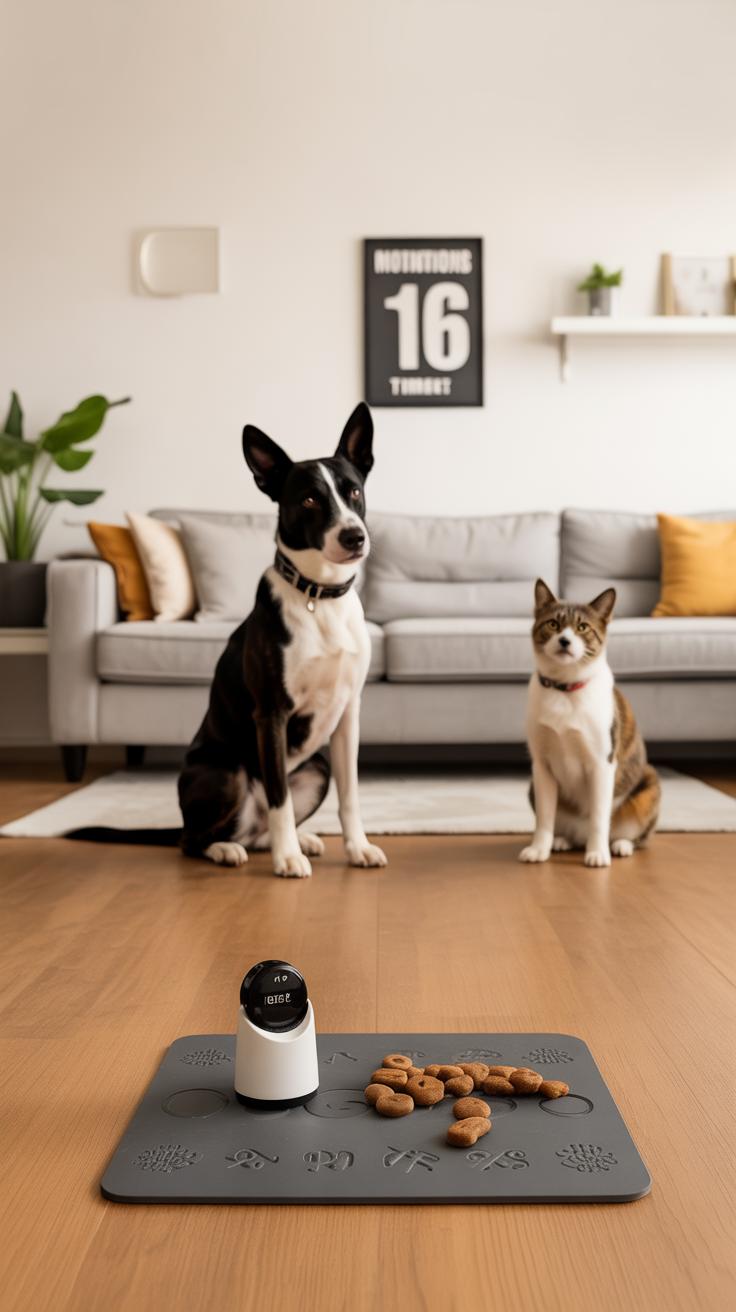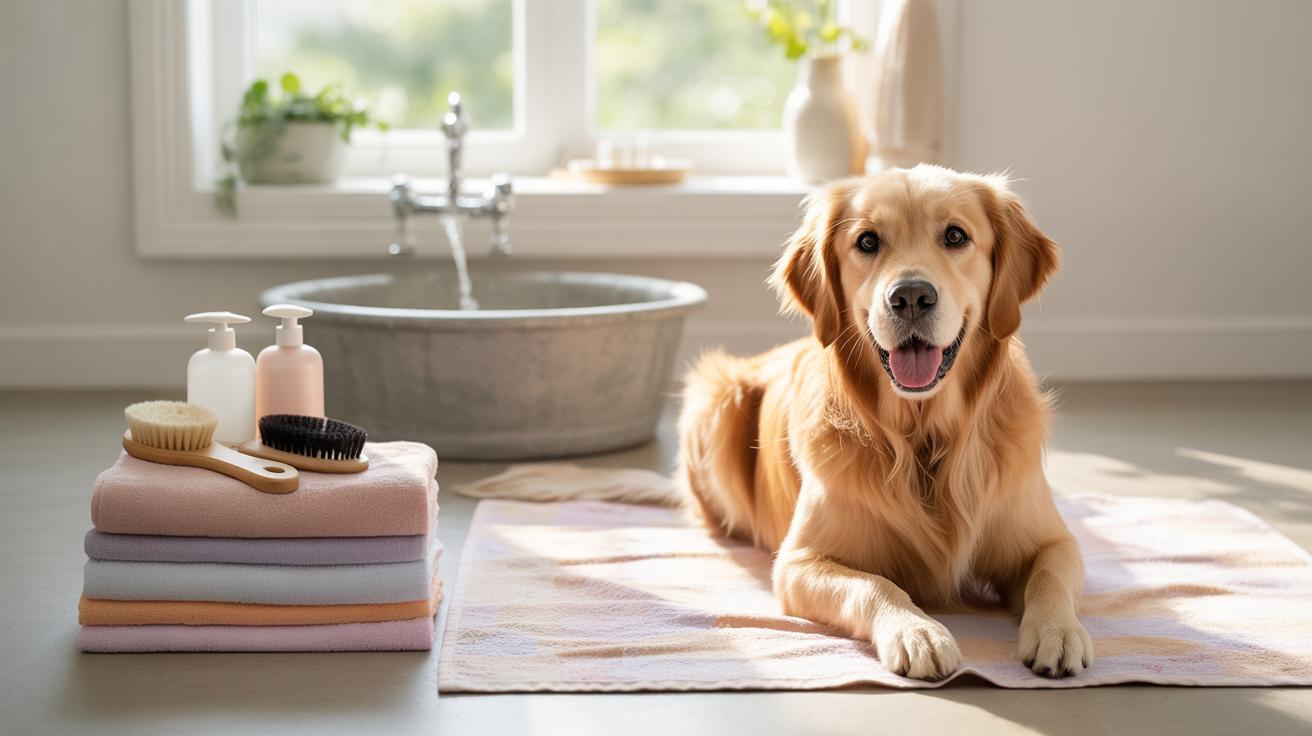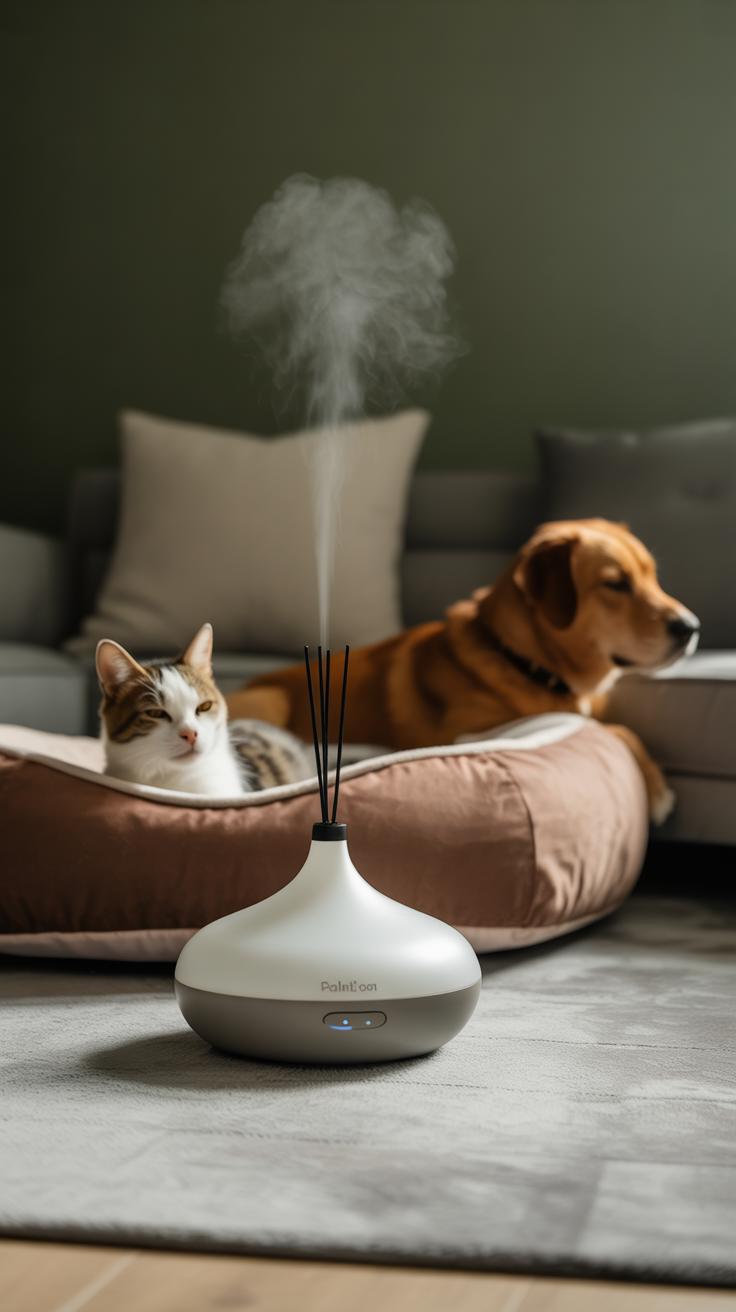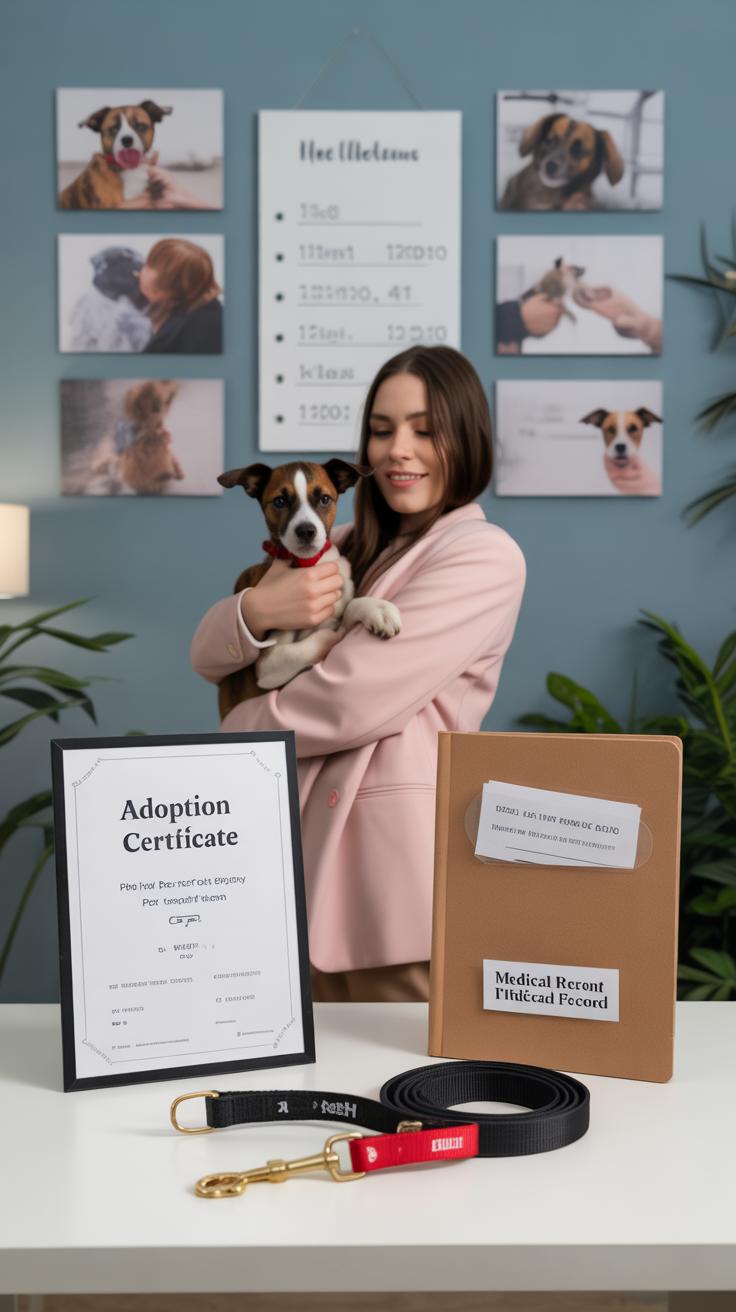Introduction
Taking good care of your pet is very important. Pets depend on you for food, exercise, grooming, health checks, and safety. Busy pet parents might find it hard to manage everything, but with some easy tips, you can keep your pet happy and healthy.
This article covers essential pet care tips for busy pet parents. We will explore daily care basics, nutrition, exercise, grooming, health care, safety, training, stress management, and the responsibilities that come with having a pet. These tips will help you provide the best for your furry friend even with a busy schedule.
Understanding Your Pets Needs
Every pet, no matter the species, needs a few simple things: food, water, shelter, and companionship. But it’s not quite as straightforward as just ticking boxes. Dogs may require walks and playtime to feel secure, while cats often prefer quiet spaces and their own routines. Birds need mental stimulation, and even small pets like hamsters benefit from environment enriched for their instincts. Recognizing these differences makes a big difference in their well-being.
Knowing your pet’s breed, size, and personality helps shape how you care for them daily. For example, a large dog will need more space and exercise than a small one, and personality quirks might affect how much social interaction they want. Perhaps your cat is shy and prefers solitude, or your dog loves meeting new people. Tailoring care this way can improve their mood and health in subtle ways you might not immediately notice.
Here’s a quick checklist to keep in mind every day:
- Provide fresh water at all times—pets get thirsty often.
- Feed according to your pet’s specific needs and schedule.
- Make sure their bedding or shelter is clean and comfortable.
- Spend time with your pet in a way that matches their social style: some need frequent attention, others less so.
It may feel basic, but these steps form the foundation for a happy, healthy pet. Sometimes we overlook small habits that, over time, really add up.
Feeding Your Pet Right
Balanced Nutrition and Feeding Basics
Feeding your pet is more than just a routine—it’s a key factor in keeping them healthy. A balanced diet supplies essential nutrients like protein, fats, vitamins, and minerals. These support growth, energy, and immune health. Without the right nutrition, pets may develop issues like obesity, digestive problems, or even behavioral changes.
There are different food types to consider: dry kibble, wet canned food, raw diets, and homemade meals. Each has pros and cons. Dry food often helps with teeth but may lack moisture. Wet food adds hydration but can spoil faster. Raw or homemade options might feel more natural but require careful planning to avoid missing nutrients or causing harm.
Feeding schedules matter too. Some pets do well on free-feeding, while others need set meals to avoid overeating. And you can’t forget fresh water—it should always be available. Sometimes people underestimate just how much regular water intake affects digestion and energy.
Choosing the Right Pet Food
Your pet’s age, health, and species guide what food fits best. For example, puppies need more calories and protein for growth, while senior pets may benefit from lower calorie, joint-supporting diets. Cats require more protein and certain amino acids; dogs have different requirements altogether. Picking the right formula can feel overwhelming but looking for reputable brands helps.
Brands like Royal Canin, Hill’s Science Diet, and Blue Buffalo offer options tailored to life stages or health conditions. Homemade food can be a choice if you’re confident in meeting nutritional needs, maybe with help from a vet or nutritionist. Just keep in mind, what works for one pet rarely fits all.
Feeding Tips for Busy Parents
Busy pet parents juggle a lot. Making feeding simple and consistent helps avoid stress for both you and your pet. Automatic feeders can keep meal times regular, especially if your schedule is unpredictable. Prepping meals ahead is another way—freeze portions for the week and thaw what’s needed.
Watch portions carefully. Overfeeding is common, often because pets beg or meals become a treat time. Stick to recommended amounts and avoid free access to food unless advised. You might find your pet happier with scheduled meals, even if it seems inconvenient at first.
The key is keeping nutrition steady while fitting into your lifestyle. It may take some trial and error, but your pet will thank you—in energy, mood, and health.
Exercising Your Pet
Keeping your pet active does more than just burn off excess energy. Exercise helps them stay fit and can prevent weight gain, joint problems, and some chronic illnesses. But it’s not just their body that benefits. Regular activity also sparks mental engagement, reducing boredom and stress. For example, dogs who get daily walks tend to behave better at home, while cats with interactive toys show less destructive behavior.
Different pets need different kinds of movement. Dogs typically enjoy walks, chasing balls, or agility games. Cats might prefer short bursts of play with feather wands or laser pointers. Even small animals, like rabbits or guinea pigs, benefit from opportunities to explore outside their cages. Birds enjoy flying short distances or climbing perches to stay strong.
Simple Daily Exercise Routines
Busy schedules don’t mean your pet has to miss out. Short, consistent sessions make a difference. For instance, two 10-minute walks can be enough for smaller dogs, maybe with a quick game of fetch at the end. Cats may only need 5-10 minutes of focused play a couple of times a day.
Here are easy routines you could try:
- Morning or evening dog walks, even just around the block
- Playing tug or fetch in the backyard
- Interactive play sessions with cats using toys that mimic prey
- Allowing small pets supervised floor time in a safe room
You might find your pet actually reminds you when it’s time to move, which makes sticking to a routine a bit simpler.
Using Play for Exercise and Bonding
Play isn’t just exercise—it’s a chance to build trust and connection. When your pet sees you as a play partner, they relax and feel safer. That means less anxiety and better overall behavior.
Spend a few minutes each day playing with toys or games your pet enjoys. Notice how their attitude shifts during and after—more alert, content, or just calmer. Such moments can turn an ordinary day into something your pet looks forward to. You might even discover new ways to interact and understand each other better.
Grooming Essentials for Pets
Brushing, bathing, nail trimming, and ear cleaning play big roles in your pet’s comfort and health. Regular brushing removes dirt and loose hair while helping to prevent matting, which can cause skin issues if ignored. Bathing keeps your pet clean, but don’t overdo it — too frequent baths might dry out their skin. Nails grow continuously, so trimming avoids discomfort and joint strain. Ear cleaning prevents wax buildup and infections, especially for pets with floppy ears.
Simple grooming steps can go a long way. Use a gentle brush suited to your pet’s coat type. When bathing, pick a pet-friendly shampoo and keep water lukewarm. Trim nails carefully, just a bit at a time to avoid hitting the quick. Check ears for redness or odor and clean with a vet-approved solution if needed. I found that establishing a calming routine helps pets relax and actually look forward to grooming over time.
Sometimes, professional grooming becomes necessary—pets with thick, curly, or long coats often need expert trims to avoid painful mats. Health conditions like skin infections or arthritis might also require a groomer’s expertise. If your pet resists grooming or you notice changes in their coat or skin, it might be a good idea to consult a professional. Have you ever wondered if your pet might benefit from a pro’s touch, even if you handle basics well at home?
Keeping Your Pet Healthy
Common Health Care Practices
Keeping your pet healthy involves a few key steps you can’t afford to skip. Vaccinations stand at the top of the list—they protect your pet from diseases you might not even hear about otherwise. Your vet will suggest a schedule based on your pet’s age, lifestyle, and risk factors. Parasite control comes next. Fleas, ticks, and worms can cause serious trouble if left unchecked, so regular use of preventatives—whether topical or oral—is usually necessary. Dental care often gets overlooked, but it really shouldn’t be. Brushing your pet’s teeth or providing dental treats helps avoid painful infections and costly treatments later. And speaking of vets, regular checkups tie all these habits together. Without a vet’s guidance, it’s easy to miss warning signs or forget boosters.
Recognizing Signs of Illness
Pets don’t always act sick in obvious ways, and that’s part of the challenge. Watch for subtle changes—loss of appetite, less energy, or unusual behaviors like hiding or growling. Limping or stiff movement can mean pain. Sometimes it’s as small as excessive scratching, licking, or bad breath. Of course, some signs might be easy to dismiss as just “a bad day,” but they can signal deeper problems. So, staying attuned is key. Ask yourself: Has your pet’s mood shifted? Are they drinking more or less? These details may seem minor, but ignoring them can lead to bigger issues.
Scheduling Vet Checkups
Is it tough to find time for vet visits? Many busy pet owners wrestle with that. Still, regular checkups are probably the most reliable way to keep your pet healthy. Think of these visits as a health tune-up—your vet can spot early warning signs that you can’t. Preparation helps, especially if your schedule is hectic. Try booking appointments well in advance, ideally during less busy times. Keep a folder with your pet’s medical records handy so you can quickly update your vet. You might even jot down questions or concerns before the visit. This way, you make the most out of the appointment without needing extra visits. It’s a bit of effort, but your pet will thank you in the long run.
Ensuring Your Pets Safety
Creating a Safe Home Environment
You might think your home is already safe for pets, but sometimes it’s the little things that slip past us. For instance, are those cleaning supplies really out of reach? Even a small spill of bleach or antifreeze can be dangerous, so locking cabinets or using child-proof latches can make a big difference. Sharp objects deserve the same caution. Knives, scissors, or even knitting needles left in plain sight? It’s easier than you think for curious paws or noses to cause trouble.
Consider places like laundry rooms or garages too—they often store dangerous chemicals and tools. Keeping those spaces off-limits or pet-proofed can prevent accidents that might not be immediately obvious. Of course, you also want to watch out for electrical cords—some pets just love a chew, and, well, the results aren’t great.
Simple steps really help: secure trash bins, remove toxic plants, and double-check that small toys or choking hazards aren’t scattered around. It’s a bit of work, but it pays off when you avoid emergencies you didn’t even expect.
Outdoor Safety Tips
When you take your pet outside, the risks change but don’t disappear. Leash use is key here, not just because of local laws but to keep your pet close during unpredictable situations. I know it can feel restrictive—especially for dogs who want to explore every scent—but a sturdy leash keeps them safe and under control.
Identification is something you can’t overlook. A tag with your phone number is a must, and some prefer microchipping as an extra, just in case the collar falls off. Pets can be surprisingly clever about slipping away, and if they get lost, you want every chance of getting them back.
Avoiding certain outdoor areas can be tricky. Some places just aren’t safe—busy roads, areas with wild animals, or even parks with toxic plants. You might wonder if a little off-leash time in a quiet spot is harmless, but it’s worth weighing the risks carefully. Better safe than sorry, I’d say.
Walking a pet involves constant attention—watching for hazards like broken glass or holes, and being ready to intervene if your pet finds something dangerous. Safety isn’t a one-time fix. It takes ongoing awareness, which can be exhausting but also rewarding in its way.
Training Your Pet for Better Behavior
Basics of Training Pets Using Positive Reinforcement, Setting Routines, and Being Consistent
Training a pet doesn’t have to be complicated or time-consuming. At its core, pet training relies on positive reinforcement—rewarding good behavior so your pet wants to repeat it. Think treats, praise, or even playtime. Pets quickly learn what pleases you and start associating those actions with rewards.
Establishing consistent routines matters. Pets tend to thrive when they know what to expect, especially around feeding times, walks, and training sessions. Consistency doesn’t mean every moment must be rigid, but regularity helps your pet grasp rules and reduces confusion. The trick is to be patient and repeat the same cues clearly.
It’s tempting to slack on rules when you’re tired or busy, but that inconsistency can confuse your pet. If you sometimes allow jumping on the couch and sometimes don’t, guess what? Your pet might just keep testing those boundaries—sigh.
Easy Training Methods for Busy People
Busy schedules don’t prevent effective training. Short sessions scattered throughout the day can work surprisingly well. Here are some doable exercises:
- Five-minute sits: Ask your dog to sit while you wait for your coffee or the elevator.
- Walk and focus: Practice walking calmly without pulling for just a few steps at a time.
- Recall drills: Call your pet’s name during breaks, offering quick praise when they come.
- Trick of the day: Teach one simple trick like “shake” or “spin” using treats in a few minutes.
These tiny moments add up without demanding a lot of extra time. Plus, mixing training into daily routines keeps it manageable and prevents burnout—for both of you.
Benefits of Training Your Pet
Training does more than reduce annoying behaviors—it boosts safety. A well-trained pet is less likely to dart into traffic, chew harmful objects, or act aggressively when startled. This safety aspect, frankly, gives many pet parents peace of mind.
On a softer note, training strengthens your bond. When your pet understands what you want and trusts your guidance, your connection feels more fluid and less frustrating. You spend less time correcting and more time enjoying each other’s company.
So, while training might sometimes feel like a hassle, its impact stretches far beyond just good manners. Would you say a bit of extra patience is worth that?
Managing Your Pets Stress
Causes of Stress and How to Recognize It
Pets can get stressed for lots of reasons. Sometimes it’s obvious, like a loud noise or a new person in the house. Other times it’s more subtle—changes in routine, being left alone longer than usual, or even just a tense atmosphere around them. I noticed once my dog started acting different after I switched work hours; it wasn’t clear at first, but the shift threw off his whole day.
Stress can be hard to spot because pets won’t say it outright. They might hide more, bark or meow excessively, or lose interest in food. Some might pace or scratch furniture with more intensity. If your pet suddenly becomes jumpy or withdrawn, that’s often a sign something’s not right.
Reducing Stress Through Routines, Play, and Calm Environments
Routines help pets feel safe. Feeding, walks, playtime—keeping those consistent can lower anxiety. Don’t underestimate play. It’s a way for them to burn off nervous energy and feel more at ease. Sometimes a simple game or puzzle feeder can calm a restless pet more than you’d expect.
Creating a calm environment matters too. Try to minimize loud noises or sudden disruptions when you’re home. Soft lighting and gentle music can sometimes ease tension. Some pets even prefer a certain spot where they know they won’t be bothered—a little retreat from the chaos.
Signs Your Pet is Stressed
Keep an eye out for behaviors that seem off. Excessive barking or meowing, for example, might be your pet’s way of saying they’re overwhelmed. Hiding for long stretches or avoiding social contact can also indicate stress. Changes in appetite—either eating too much or too little—often follow.
I once thought my cat was just being moody, but it turned out she was stressed from a new piece of furniture blocking her usual sunbeam spot. The little changes can tell you a lot, if you pay attention.
Creating a Calm Space for Your Pet
Giving your pet a dedicated quiet zone can really help. It doesn’t have to be fancy—a corner with a cozy bed or blanket works well. You might want to add a familiar toy or an item that carries your scent. That way, your pet has a consistent place to retreat when things feel overwhelming.
Also, try to keep this space free from foot traffic and loud household activity. It’s the pet’s safe haven, and they should be able to relax there without being disturbed. You might be surprised how much calmer your pet seems after having their own little sanctuary to go back to.
Taking Responsibility as a Pet Parent
Understanding the Commitments and Responsibilities
Owning a pet means more than just having a cute companion around. You’re signing up for regular time investment—feeding, exercise, grooming, vet visits. It’s easy to underestimate this at first, but pets depend on you every day. And there’s money involved—not just the initial supplies, but food, medical bills, and sometimes unexpected costs. Some days you might feel overwhelmed. That’s normal.
Pets need your attention beyond the basics too. They thrive on interaction and mental stimulation. Even if your schedule is packed, finding moments to play or simply be present matters. Otherwise, your pet might feel lonely or stressed, which circles back to health and behavior problems.
Planning for Daily Care and Emergencies
It helps to have a plan for daily routines. What time will you feed and walk your pet? Who fills in when you’re traveling or suddenly busy? Think about vet care—regular checkups and vaccinations are essential. It might seem tedious, but staying ahead can prevent bigger problems. Emergencies are unpredictable, so setting aside savings for unexpected vet visits is smart.
Long-term care is another piece. Consider how your pet’s needs might change as they age. Will you still be able to handle more frequent veterinary visits or special diets? Planning isn’t just about logistics—it’s about being realistic with your limits and resources.
Being a Caring and Attentive Owner
Showing love isn’t just about affection, but noticing what your pet needs before problems start. Are they suddenly hiding or acting differently? Small changes can signal discomfort or illness. Paying attention doesn’t require constant watchfulness, just a genuine desire to understand your pet’s normal behavior.
Sometimes, being caring means making tough choices—like adjusting your work hours or routine to spend more time together. It’s not always easy and can feel like a sacrifice. Yet, those efforts build trust and a stronger bond. At the end of the day, your presence and responsiveness shape your pet’s well-being just as much as food or vet visits.
Conclusions
Looking after a pet means giving them daily attention, good food, and regular exercise. Grooming keeps their coat clean and healthy. Always watch for signs of illness and keep their vaccinations up to date. Making safety a priority protects your pet at home and outdoors.
Being a responsible pet parent means training your pet and managing their stress. Adopting these simple and actionable pet care practices ensures your pet stays happy and healthy, even when life gets busy. Your pet’s happiness and health depend on the care you provide every day.

